
-
Updating Roman Jakobson’s ‘Poetic Function’ with Vector Semantics
Read more: Updating Roman Jakobson’s ‘Poetic Function’ with Vector SemanticsKurzynski discusses how poetry extends beyond sound and rhythm and taps into a deeper network of meanings.

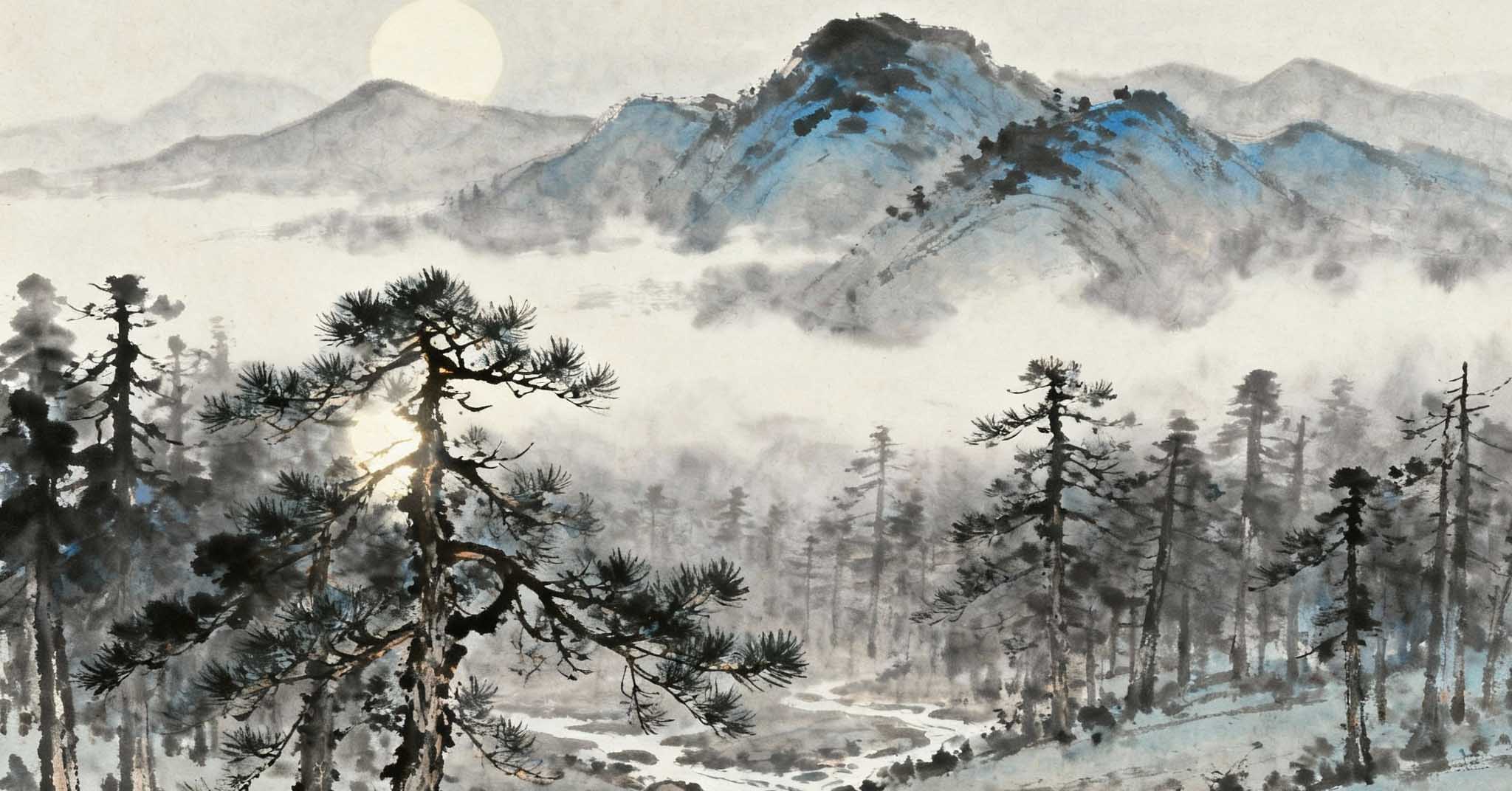
Kurzynski discusses how poetry extends beyond sound and rhythm and taps into a deeper network of meanings.
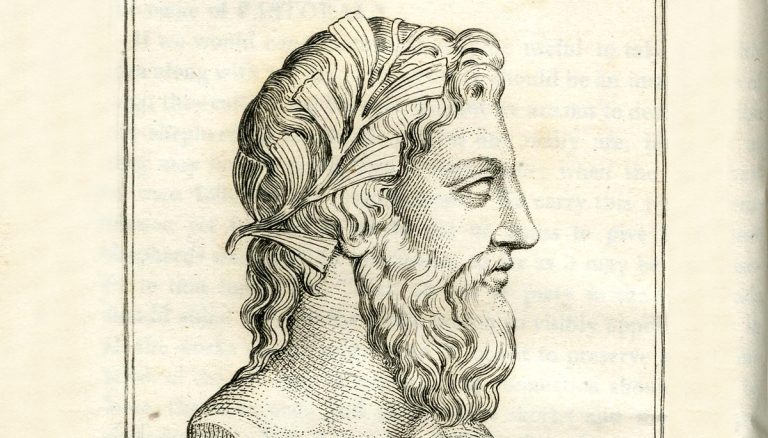
by Lilah Grace Canevaro 1. Stone can sing You don’t notice your windows when they’re clean. You might enjoy the sun streaming through them, or – more often in my experience – listen to the rain as it patters against…
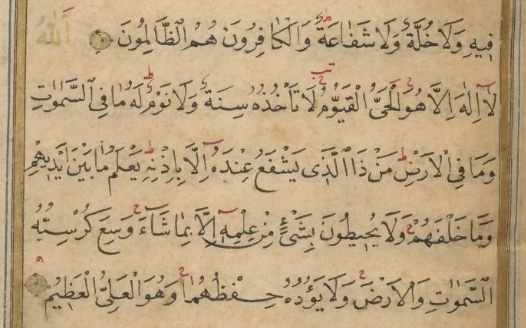
by Shuaib Ally, McGill University Around the turn of the 15th century in Cairo, a hadith scholar named Salah al-Din al-Aqfahsi heard Salah al-Din al-Kalai, a scholar associated with the Sufi Shadhili order, teaching the Quran. Part of his teaching…

Tell us a bit about your book My book is about the situation in Syria before, during and after the first crusaders arrived in the near east. The crusader armies arrived in Syria in 1097 and immediately began interacting with…
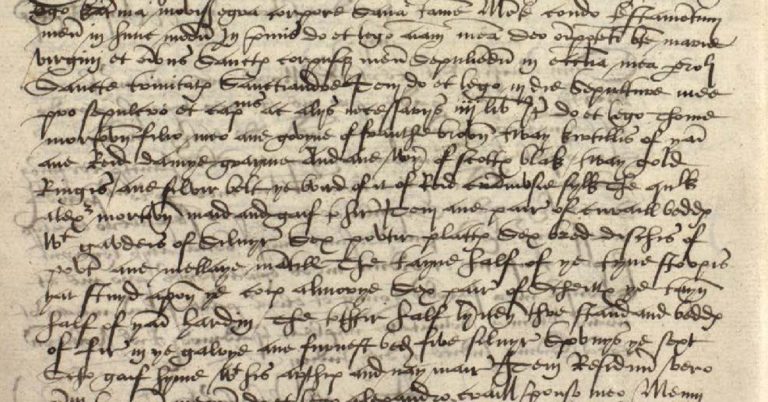
by Cathryn Spence and Cordelia Beattie The saying goes, ‘Clothes make the man’, but in early modern Scotland, many women would have considered clothing to be a central part of their identity. According to early modern legal treatises, married women…

by Mani Sharpe and Daniel Goldenberg Read the original interview in French Shot in 1959, Le Retour is a short film directed by Daniel Goldenberg, in collaboration with the ex-paratrooper, Yann le Masson, who was responsible for cinematography, alongside Georges…
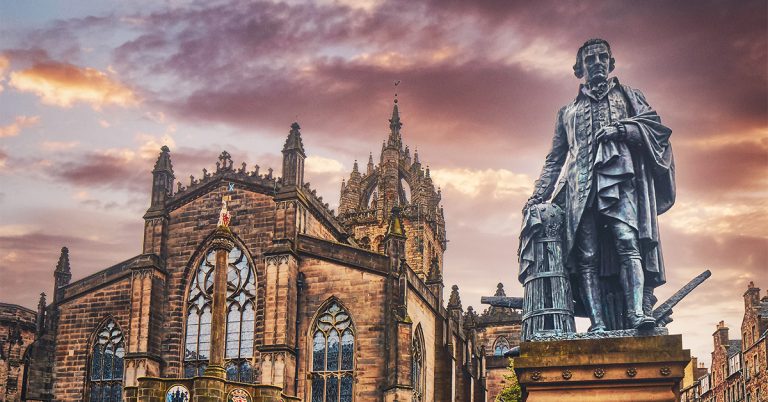
by Craig Smith 2023 is the 300th anniversary of the birth of Adam Smith. Smith is one of the very few writers whose name is genuinely famous all over the world. He is known as the father of economics, the…
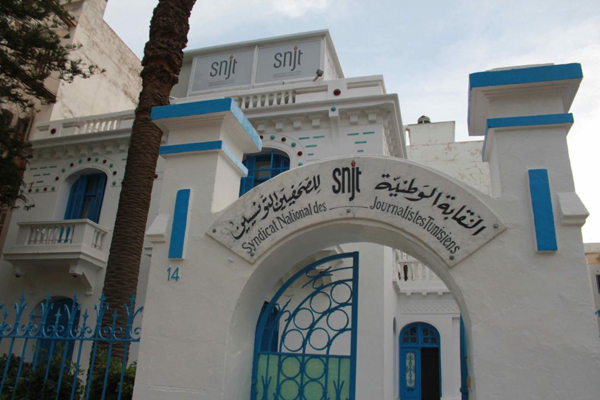
by Kjetil Selvik, Jacob Høigilt Only a few years ago, Tunisia was the freest country in the Arab world, with a flourishing media scene. Journalists were scrambling to reinvent their role in the public sphere that emerged after the Jasmine…
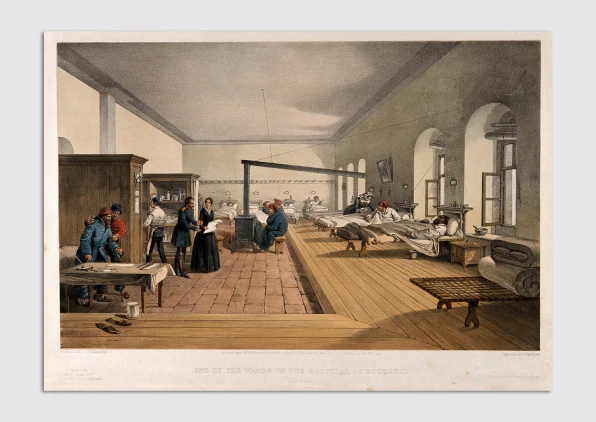
by Sara Honarmand Ebrahimi How did patients feel when visiting mission hospitals built by British missionaries in Asia and Africa in the late nineteenth and early twentieth centuries? I am preoccupied with this question in my book, Emotion, Mission, Architecture:…

by Hamish Fraser With the readership of daily newspapers at the present day falling drastically and local newspapers struggling to survive, a study of Scottish newspapers in their heyday is timely. In the century after 1850, it was from newspapers…